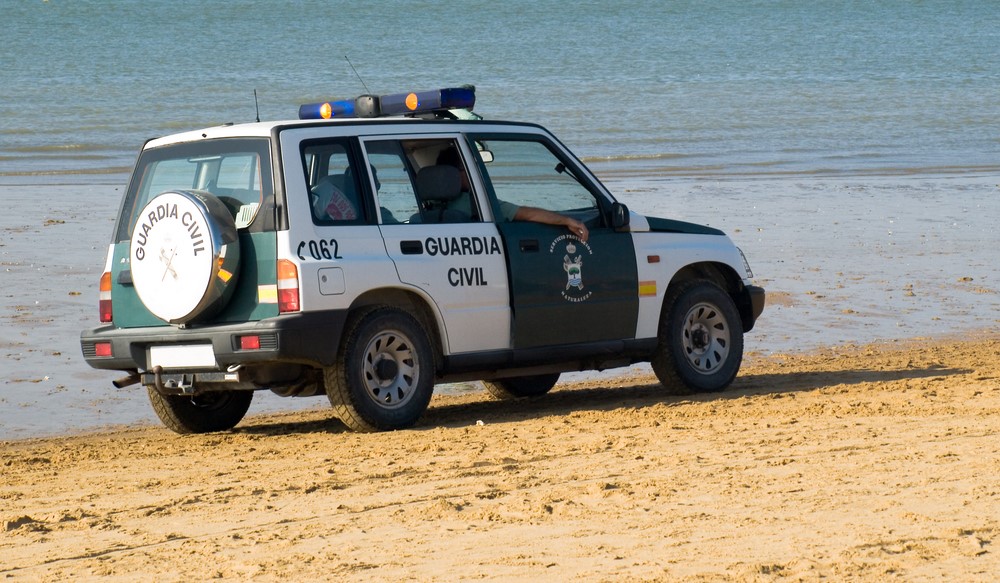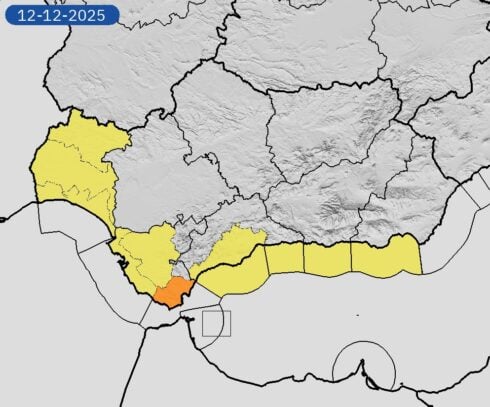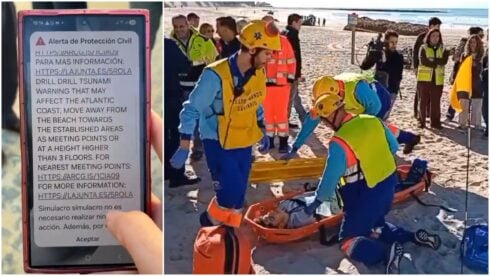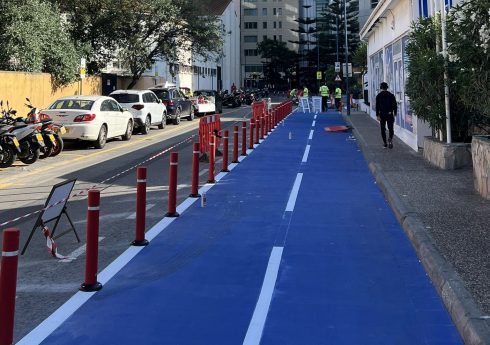TWO amphoras, dating back to the 1st and 2nd centuries, have been discovered at a beach in Puente Mayorga, in the Cadiz municipality of San Roque.
The surprising discovery was made by a diver who alerted the police after sighting what looked to be a large amphora, partly sheltered by sand and sludge about eight metres from the shore.
Specialists from from the Guardia Civil’s Subaquatic division (GEAS) were called in to inspect the area, and together with members of the Centre for Underwater Archeology (CAS) two half-buried amphoras were recovered from the seabed in the area indicated by the diver.
The discovered amphoras were successfully retrieved and, after undergoing a stabilisation treatment at the hands of experts from CAS, they were subsequently transferred to the Museum of Cadiz.
The finding corresponds to two incomplete amphorae, from Roman times.
One is of the ‘Puerto Real I’ type, thought to date back to between the second half of the 2nd century AD and the first years of the 3rd century AD.
The second piece was identified as a ‘Dressel 14’ with a chronology ranging between the 1st and 2nd centuries AD.
According to experts from the Centre of Underwater Archaeology, the discovery of these two isolated pieces, out of archaeological context, together with the state of the fractures they present suggest that they had been moved from another area for possible extraction.
READ MORE:
- Home owner discovers three Roman artefacts in basement on Spain’s Costa Blanca
- Scuba diver stumbles across ancient artefacts off Spain’s Costa Blanca
Click here to read more Cadiz News from The Olive Press.








